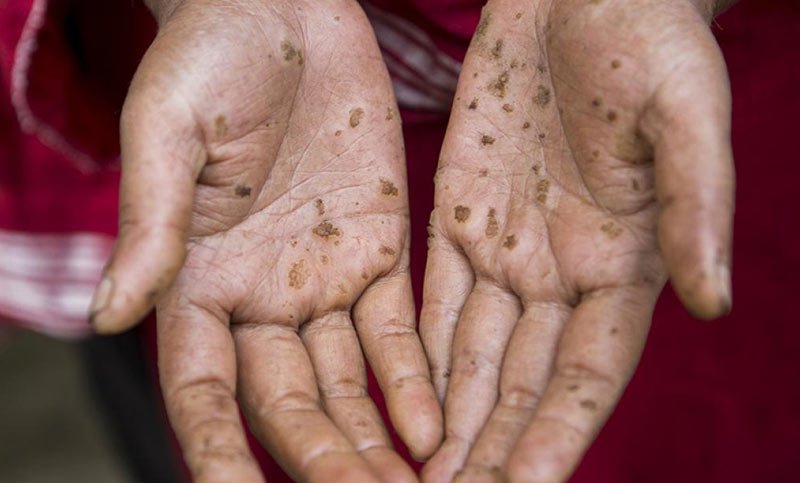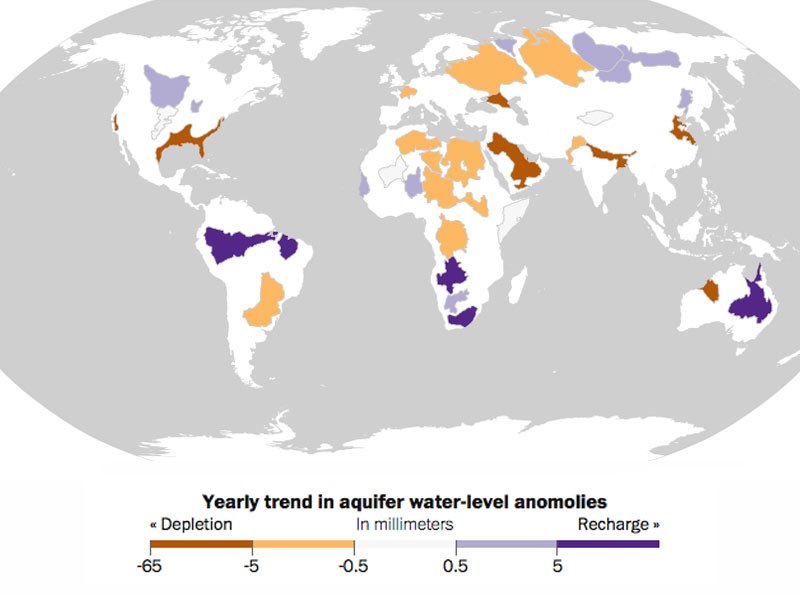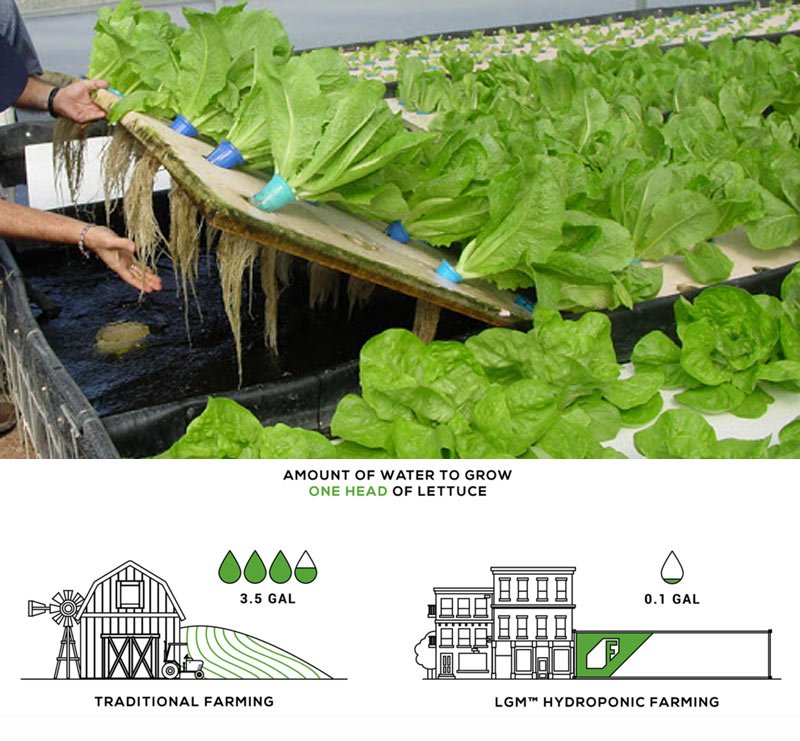History bears witness to the fact that as world population grows, so does the demand for water because all forms of life need this precious medium to thrive. The problem arises when the water supply is far less than water demand. This happens because increased human activity leads to water pollution.
Today, not a single source of water has been left uncontaminated. We are facing what is known as as freshwater (i.e. drinkable water) crisis. Our surface waters such as oceans, seas, rivers, streams, etc are polluted with everything ranging from oils, harmful chemicals, acids, radioactive substances, untreated sewage and wastewater, plastics, the list could go on and on.
Ismail Serageldin
“The wars of the 21th century will be fought over water.”
What is scary is that even our groundwater (which is buried deep within the earth’s surface) is polluted. This groundwater feeds our rivers and also happens to be the source of our drinking water.
It is contaminated by non point source pollutants – from the rubbish we throw on the ground to the fertilizers we use to increased crop production and further to the rainfall which washes away all the air pollution and takes it to the ground.
When water is polluted to such an extent and we end up consuming it, it is we who suffer. The contamination reaches us through the food chain, it affects animals, plants, aquatic life, humans, ecosystems and habitats alike. If we don’t take concrete measures to conserve water NOW, our future generations may not be able to benefit from its bounties.
Read : What is water pollution?
At current pace of growing water scarcity, we are heading straight towards geological conflicts because 60% of all surface water on earth comes from river basin shared by separate nations and almost 600 aquifers cross national boundaries.

The World Health Organization estimates that even today, 2.1 billion people, which amounts to 3 in every 10 people worldwide, do not have access to a safe water source. In addition to this, 844 million people live in water stressed areas. Another 263 million people (which mostly includes women) have to travel for over 30 minutes everyday just to access water (which is clearly contaminated) and 159 million still drink from untreated surface water sources, whether knowingly or unknowingly.
One of the most significant effects of the global water scarcity is that numerous waterborne diseases have cropped out as a result of dirty water, poor sanitation and water quality. Research suggests that in developing countries, half of the population is affected by waterborne diseases such as Typhoid Fever, Shigellosis, Hepatitis A, and Legionnaire’s Disease.
Most of those who are impacted happen to be children under the age of 5. When you conserve water, you save their lives.
Water conservation is a global need
Victoria is a tourist haven located on the Southern tip of Vancouver, Canada. The small place attracts thousands of tourists because of its pristine beauty, glorious sceneries and promising outdoor activities.
Needless to say, tourism accounts for most of its revenue. However, in the past season, the tourists were not really happy because the entire place had untreated sewage flowing freely into its water resources, in this case, the Strait of Juan de Fuca. No heed was paid to the fact that untreated sewage causes harm to the environment and renders the water unfit for human consumption.
Facts
21 major cities, including New Delhi and India’s IT hub of Bengaluru, will run out of groundwater by 2020, affecting 100 million people.
Read more facts : Water pollution in India
However, when tourists pointed this out, those in authority announced the treatment of millions of gallons of sewage. This sewage would then be discharged into the Strait of Juan de Fuca. The announcement made the news. The authorities were applauded but what about the damage done in all these years?
The next in line is Flint. The largest city in Michigan was lately in news for providing contaminated and lead-fed water to its residents, although everyone (including General Motors) complained about it.
Towards North Carolina, chicken farms discharge large volumes of water contaminated with high amounts of fecal matter.
Read : Effects of water pollution
Approximately 20 million Bangladeshis, (12 percent of the total population of Bangladesh) are targets of “the largest mass poisoning of a population in history” as per the World Health Organization. This is because their waters are loaded with Arsenic since the 1970’s.
Then comes the Yamuna river pollution in India. The waters of this river are the main source of potable water for New Delhi, the capital city of India. Yet, the Supreme Court of India has cracked down on the National Capital Region of Delhi for failing to control approximately 634 million gallons of untreated sewage (which needless to say, are dumped into the river).

Now imagine if water all across the world continues being polluted at the same alarming pace, where would we land in the next few years? The below stats will help you figure out:
- By 2025, 50 percent of the World’s Population will be living in areas which are water stressed.
- UNESCO has predicted that 1.8 billion people will be experiencing water scarcity by 2025.
- In the next 6 years, approximately 24 to 700 million people will be displaced from arid and semi-arid regions of the world.
- The world’s population will be raised to 9.7 Billion by 2050, increasing water demands by leaps and bounds.
- There will be a 40% gap between the demand and supply of water by the year 2030.
- By 2050, 3.9 billion people will live in severely water-stressed areas.
- Today, three in ten people on earth lack access to safe and clean water for consumption.
- 1.6 Million People Die Every Year from Waterborne Diseases
- African women walk 4 Miles every day to gather water which then turns out to be contaminated.
- One-Third of the World’s Largest Aquifers are Water-Stressed
Read : How can water be recycled

Benefits of water conservation
1. You get to preserve a limited and depleting resource - water
Data from the U.S. Department of Interior’s Bureau of Reclamation suggests that 97 percent of all water on earth is salt water (oceans and seas). This makes it unsuitable for drinking purposes. Only 3% of water on Earth is freshwater, and out of that approximately 0.5% to 1% is available for drinking. The remaining fresh water is locked in ice caps, glaciers, the atmosphere, soil, or under the earth’s surface, or is too polluted for consumption. That makes water a limited resource for a population of billions (and growing). Moreover, when you conserve water, you are also protecting it from pollution.
2. You save lives
Almost 3.4 million people die every year because of waterborne diseases like typhoid, cholera, and more because people in large parts of the world do not have access to safe drinking water. Most of the people who die are children under the age of 5. When you conserve water, you save their lives and this is one of the benefits of water conservation
3.Water conservation minimizes the effects of drought and water shortages
They say you save for the rainy days. Here, you save for the dry days. This is important because while the need for water is ever growing, it’s supply isn’t. Even though water will follow its own cycle and return to the earth in some way or another, it doesn’t return in the same quantity, quality and place. So when we reduce the amount of water we use, we can save it when dry spells begin or for future drought years.
4. Water conservation avoids rising costs and political conflict.
Water knows no boundaries. It travels miles, passing one nation after the other. Sadly, humans are very specific to these boundaries. If two countries share a limited resource (that too when it is as essential to life as water), they will compete over it and this competition often results in geopolitical conflict. India and Pakistan, the two neighboring countries in Asia are classic examples of this. Non compliance to water conservation methods can have dire consequences such as rising costs for a common man – reduced food supplies, health hazards, to name a few.
5. Protects the environment
Water conservation is essential if we want to save our environment, habitats and natural processes from further damage. When water is contaminated, it affects our forests, plants, food, aquatic habitats, land and air alike because all the processes of nature are interrelated. You cannot contaminate one and expect the other to be aloof from impact. It also saves a lot of energy because when we reduce our water usage, we automatically reduce the energy required to process and deliver it to homes, businesses, farms, and communities. This in turn, helps to minimize pollution and also saves a lot of depleting fuel resources.

6. You save food and farmer livelihood
Well, every type of food – ranging from agriculture crops to fruits and vegetables require water to grow. In fact, 70 percent of the earth’s freshwater supply is used by farmers to cultivate their crops. This crop fetches them their earnings. Imagine if there is no or contaminated water all over? The farmers would die of poverty and starvation and we would die due to inadequate food.
In addition to this, freshwater fish, plants and a fairly large section of the food chain needs water to survive. A large part of ur aquatic life has already been wiped off because of algae bloom, radioactive substances and sewage in the water. If we don’t conserve water now, we will end up depleting food supplies and survival mediums of every living creature.
7. You protect water quality
The concept of water conservation doesn’t restrict itself to using less water and saving it for dry spells. Water conservation also means that you preserve the quality and composition of water. You stop contaminating it. You take every measure to waste and pollute less. For example, you can stop littering water bodies around you. You can stop flushing down plastics, chemicals and medicines down the toilet, you can stop pouring leftover oil in the sink, you can grow less water intensive grass and plants in your garden. The little effort you make today will reap fruits for you in the near future and you will be a proud citizen of the world.
United Nations
“The world’s water is on a constant cycle, and we need to make sure it is carefully managed at every stage.”
Read more facts : Water pollution in China
8. You Create Less Wastewater
When you use water judiciously, you will create less wastewater (which ends up contaminating your drinking water reservoirs). This will cut down your electricity bills and also your sewer water costs.
EXPERTS SPEAK
A breakthrough in water conservation
The UN estimates that close to 1.8 million people drink water which is contaminated by untreated sewage like human faeces. These people are generally poor and cannot even afford treatments for diseases which this contaminated water brings along.
Certain Non Government Organizations have taken the responsibility to clean the drinking water for this neglected and poor section of the society. An example of this is 1001 Fontaines, a French-Cambodian outfit which is using a breakthrough solar-powered disinfection technology to produce safe drinking water which is as economical for the rural communities as one cent per litre.
Another bright and welcoming initiative was taken by Washington DC-based Evidence Action, when they installed chlorine dispensers right next to wells in many African countries.
After they draw it, these people can add chlorine to their water. This will disinfect it in a very short time span ( the process takes as long as their walk home). The result is clean drinking water which is safe to drink for a span of two to three days.inating it. You take every measure to waste and pollute less.
For example, you can stop littering water bodies around you. You can stop flushing down plastics, chemicals and medicines down the toilet, you can stop pouring leftover oil in the sink, you can grow less water intensive grass and plants in your garden. The little effort you make today will reap fruits for you in the near future and you will be a proud citizen of the world.

